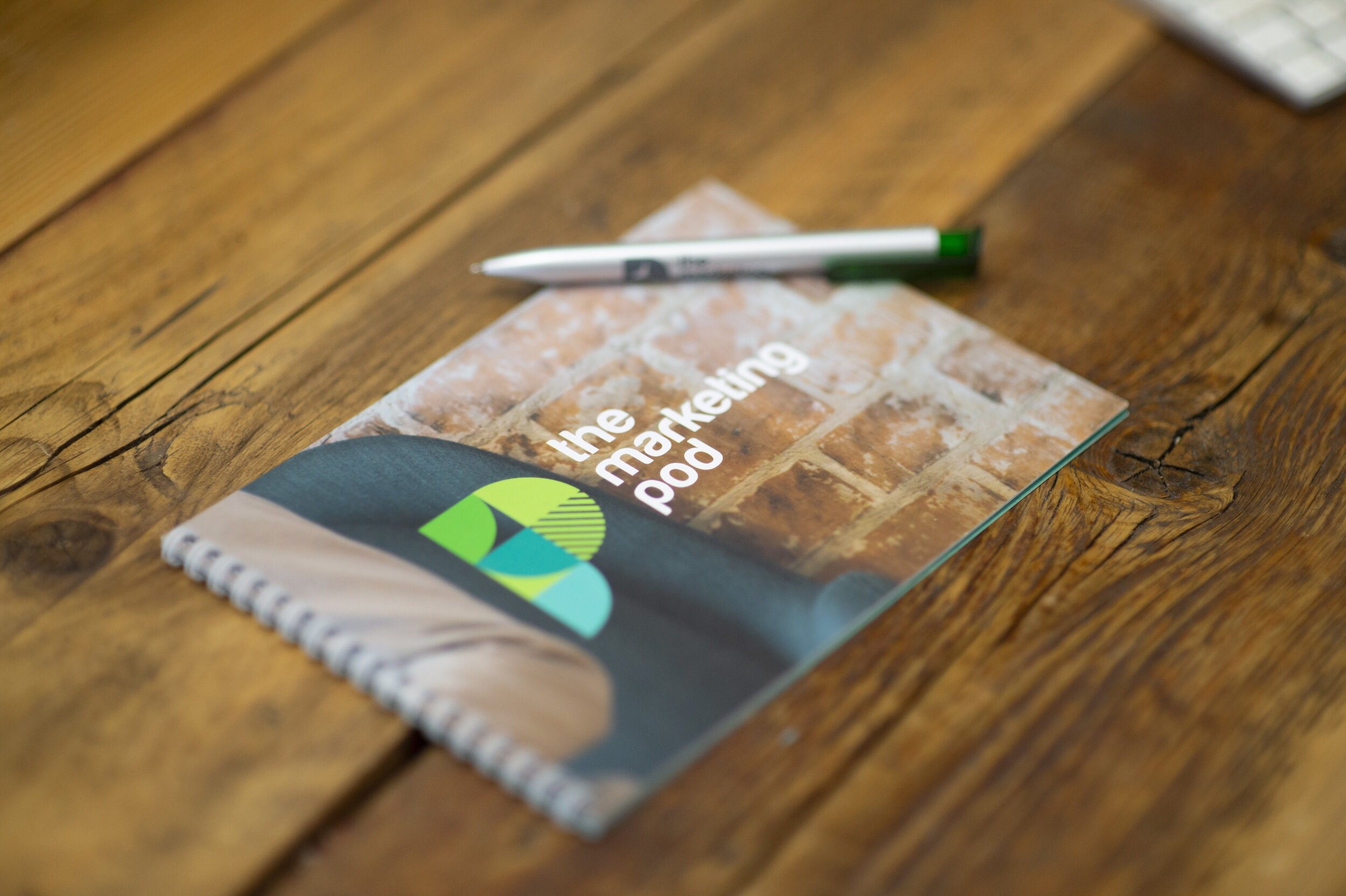We all know that having a strong, consistent brand is vital to achieving cut-through in a competitive marketplace. Here's some sound advice on finding your 'You' in a cluttered marketplace, from Pod Account Director, Ellie Smith.
Every business wants to be memorable for the right reasons – for their brand to be one that resonates with their public. But without careful planning, it’s not as easy as you might think to define and deliver a winning brand. It can be tempting to rush ahead and jump on the most topical industry bandwagon in an effort to get your name heard, but you might just end up shouting a poorly crafted message from the rooftops; without authenticity and without tying it back credibly to your service or product. Today’s media-savvy consumer will simply won’t fall for it. So, how do you lay the foundations of a bulletproof brand personality and how do you ensure that the things your brand stands for make real sense to your target audience?
In my opinion, it all starts with these three steps:
1. Get everyone on-board
If the word ‘workshop’ elicits a groan from your colleagues, call it something else – but workshop you must! Use all of your powers of persuasion (aka bribery with food items) to convince key team members to carve out time from their busy schedules and meet with you around a table. Face to face. Keep the group small and aim for a mix of customer-facing team members, experts on your key vertical sectors, and decision makers/board members if possible. Is there someone who knows about all of the complaints coming in to your business? Their presence is essential. This is your chance to talk about everything your business does: the things it does well, does badly, and wants to do better in the future. Begin by putting yourselves in your customers’ shoes. What’s going on in their world that they need support with? We often talk about customer “pain points” when we facilitate workshops with our clients. Then take a look at your products and services and how they match up to the wants and needs of your audience. What will appeal most to your prospective customers, both on a functional level and a “softer” level? Do they need expert reassurance, friendly guidance, or someone who understands the time pressures/technical details of their job? By involving colleagues from across the business in this initial conversation, not only will you get a complete view of the business from every vantage point, you’ll also have a much better chance of everyone buying in to the eventual outcome of your branding exercise. Your messages will be authentic, your ambitions universal, and your brand consistent.
2. Focus on what makes you different
Once you’ve got a clear idea of your marketplace and your position within it, it’s time to focus on shifting and strengthening that position. This is where differentiator is king. Your workshop should have provided you with masses of invaluable output. Now you just need to put all of that information into a useful structure. Here at the Pod, we favour brand pyramids and messaging houses as a way of turning facts, opinions and shared expertise into useful information that can inform a marketing strategy and lay the foundations for an integrated plan. These visual aids can be shared with everyone involved, to make sure the message you put out remains consistent and reinforces your overarching brand ethos. As you complete this exercise, it’s essential to highlight your brand differentiators. How does your business do a better job of addressing your audience’s pain points than your competitors? What are the functional and emotional benefits of choosing your brand? How can you evidence these benefits? Now you have the beginnings of a strong brand message, and also the tools to spot any gaps in your offering – because there’s the rub: you need to be sure you can deliver what your branding promises!
3. Find your voice
The other key thing you’ll have established during your workshop is the kind of personality your brand should have. B2B businesses shouldn’t shy away from this exercise or assume that there is only one option; your B2B brand needs its own unique personality to provide appeal - after all, you’re still communicating with people! Once you’ve settled on a brand personality that provides a good fit for your product, message and audience, it’s a great idea to come up with some core statements that can be adapted for use in your marketing collateral. You might also want to build into your brand guidelines some rules on the type of language you will use. For example, are you happy to use colloquialisms, or are there key phrases you would like to avoid? Once you’ve found your voice, get it out there! You’ve got everything you need to start shaping some really engaging content that can be used across all of your marketing channels for maximum effect. Don’t forget: your team are your best advocates and amplifiers, so get them involved again now, whether that’s by helping them tailor the messages they give over the telephone, or by helping them be a part of your social media strategy. Your team members are a crucial part of your “you”, and internal communications are as important as external as you define and build your brand.






 Emma Crofts
Emma Crofts
 Raven Wheatley-Hawkins
Raven Wheatley-Hawkins
 William Tomaney
William Tomaney
 Alexander Costello
Alexander Costello






.png)


